Syk-dependent homologous recombination activation promotes cancer resistance to DNA targeted therapy
- PMID: 38636338
- PMCID: PMC11095636
- DOI: 10.1016/j.drup.2024.101085
Syk-dependent homologous recombination activation promotes cancer resistance to DNA targeted therapy
Abstract
Enhanced DNA repair is an important mechanism of inherent and acquired resistance to DNA targeted therapies, including poly ADP ribose polymerase (PARP) inhibition. Spleen associated tyrosine kinase (Syk) is a non-receptor tyrosine kinase acknowledged for its regulatory roles in immune cell function, cell adhesion, and vascular development. This study presents evidence indicating that Syk expression in high-grade serous ovarian cancer and triple-negative breast cancers promotes DNA double-strand break resection, homologous recombination (HR), and subsequent therapeutic resistance. Our investigations reveal that Syk is activated by ATM following DNA damage and is recruited to DNA double-strand breaks by NBS1. Once localized to the break site, Syk phosphorylates CtIP, a pivotal mediator of resection and HR, at Thr-847 to promote repair activity, particularly in Syk-expressing cancer cells. Inhibition of Syk or its genetic deletion impedes CtIP Thr-847 phosphorylation and overcomes the resistant phenotype. Collectively, our findings suggest a model wherein Syk fosters therapeutic resistance by promoting DNA resection and HR through a hitherto uncharacterized ATM-Syk-CtIP pathway. Moreover, Syk emerges as a promising tumor-specific target to sensitize Syk-expressing tumors to PARP inhibitors, radiation and other DNA-targeted therapies.
Keywords: Cancer resistance; CtIP; DNA targeted therapy; Homologous recombination; Syk.
Copyright © 2024 Elsevier Ltd. All rights reserved.
Conflict of interest statement
Declaration of Competing Interest The authors declare that they have no known competing financial interests or personal relationships that could have appeared to influence the work reported in this paper.
Figures
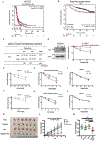
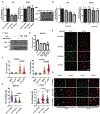
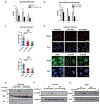
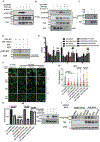
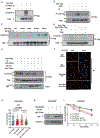
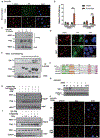
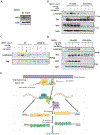
Update of
-
Syk-dependent alternative homologous recombination activation promotes cancer resistance to DNA targeted therapy.Res Sq [Preprint]. 2023 Jun 9:rs.3.rs-2922520. doi: 10.21203/rs.3.rs-2922520/v1. Res Sq. 2023. Update in: Drug Resist Updat. 2024 May;74:101085. doi: 10.1016/j.drup.2024.101085. PMID: 37333340 Free PMC article. Updated. Preprint.
References
-
- Boughey JC, Suman VJ, Yu J, Santo K, Sinnwell JP, Carter JM, Kalari KR, Tang X, McLaughlin SA, Moreno-Aspitia A, Northfelt DW, Gray RJ, Hunt KN, Conners AL, Ingle JN, Moyer A, Weinshilboum R, Copland JA 3rd, Wang L and Goetz MP, Patient-Derived Xenograft Engraftment and Breast Cancer Outcomes in a Prospective Neoadjuvant Study (BEAUTY), Clin Cancer Res 27 (2021), pp. 4696–4699. - PMC - PubMed
-
- Bouwman P and Jonkers J, The effects of deregulated DNA damage signalling on cancer chemotherapy response and resistance, Nat Rev Cancer 12 (2012), pp. 587–598. - PubMed
-
- Chapman JR, Taylor MR and Boulton SJ, Playing the end game: DNA double-strand break repair pathway choice, Mol Cell 47 (2012), pp. 497–510. - PubMed
Publication types
MeSH terms
Substances
Grants and funding
LinkOut - more resources
Full Text Sources
Molecular Biology Databases
Research Materials
Miscellaneous

